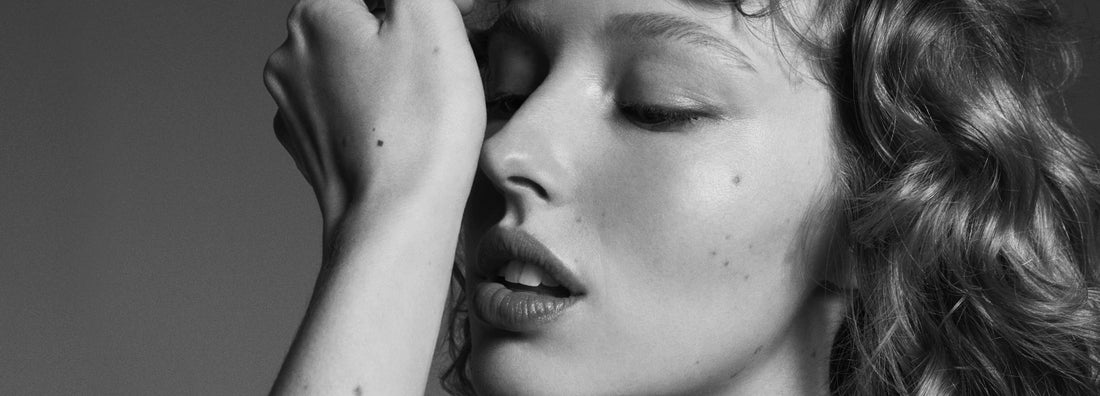How is it that each perfume has its own unique, customized aroma? How does a perfumer come up with such distinct scent impressions? Why do some perfumes last longer than others? And how is it that perfumes go through changes from their initial scent presentation throughout the day?
All these questions can be better explained by understanding the olfactory profile of a fragrance. Just like a musical song, each perfume has a unique composition that is composed of a customized arrangement of notes. These notes create a tiered impression of aromas referred to as base/bottom, mid/middle or top notes. The volatility and/or duration of a raw material can help further define these different types of notes.
What is Volatility?
Volatility is the ability of compounds that have high vapor pressure to evaporate into the air easily at room temperature. Our noses then smell the evaporated liquid and register it as a scent.
What are Base, Mid and Top Notes?
When initially smelling any perfume on a fragrance blotter, the top notes provide the aroma you initially smell. This provides your first impression of a fragrance but they have the highest volatility, so therefore only last 5-15 minutes. The middle or mid notes, referred to as the heart of the fragrance, can last up to an hour longer than the top notes. The bottom or base notes have the lowest volatility so they can last many hours. The aroma lingering on your favorite sweater or jacket are the base notes of the perfume you used a few days ago.
This full evolution of customized raw materials balanced together to create a unique fragrance aroma is what perfumers call an “accord”. This accord delivers the overall theme of the fragrance.
Examples of just a few aromatic impressions in the different note levels:
Top Notes
Mid Notes
- Jasmine
- Grapefruit
- Lemongrass
- Rose
- Cinnamon
Base Notes
- Cedar
- Vanilla
- Patchouli
What are the current perfumery defined Olfactory Groups?
There are currently four main olfactory descriptive categories on what is referred to as the modern day “Fragrance Wheel of the World”. This wheel itself was developed to incorporate the subtle cross over of aromas and capture the transition from one description to the next. There have been revisions across the years to encompass an evolution of new aromatic combinations.
Within these four categories are more distinct “sub-category” descriptions:
- Citrus
- Water
- Green
- Fruity
- Floral
- Soft Floral
- Floral Amber
- Soft Amber
- Amber
- Woody Amber
- Woods
- Mossy Woods
- Dry Woods
- Aromatic
The olfactory groups above can be considered stereotypically feminine, masculine or both. All perfumes found in the market today, or created in the past, can be classified into these subgroups or families. By classifying a fragrance into a certain category, it can help define a customer preference for a fragrance across any and all brands.
- Choosing a selection results in a full page refresh.
- Opens in a new window.

